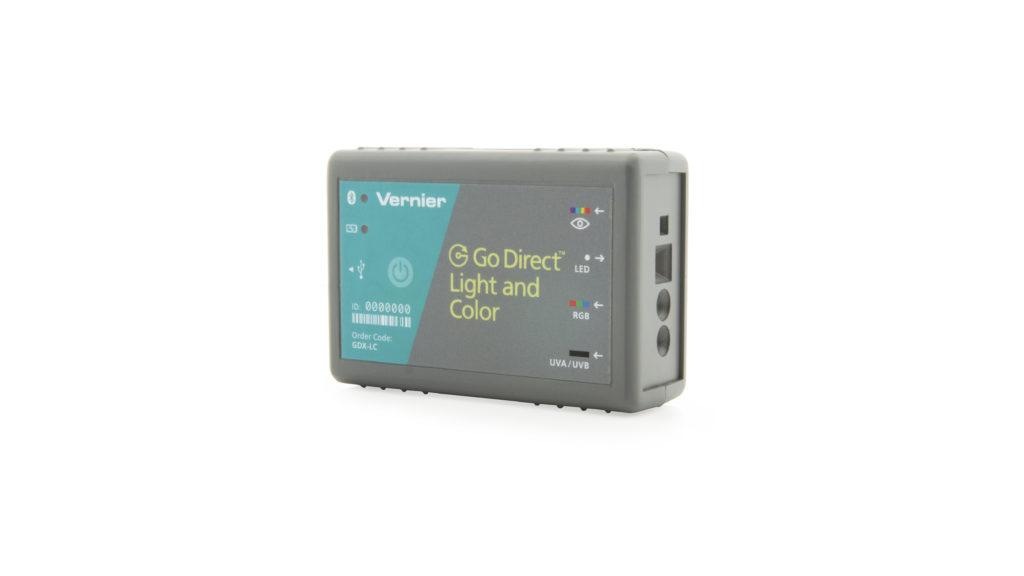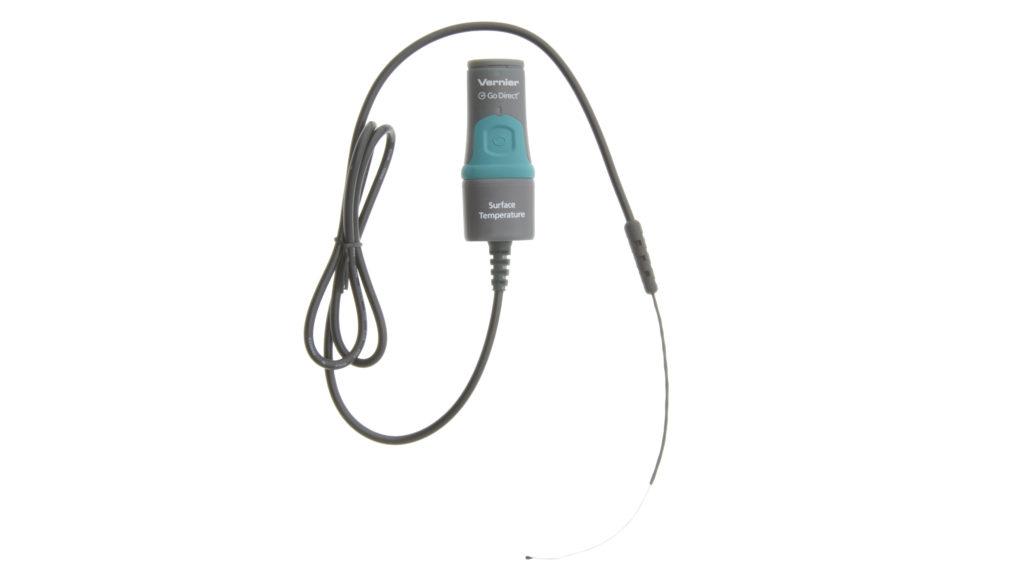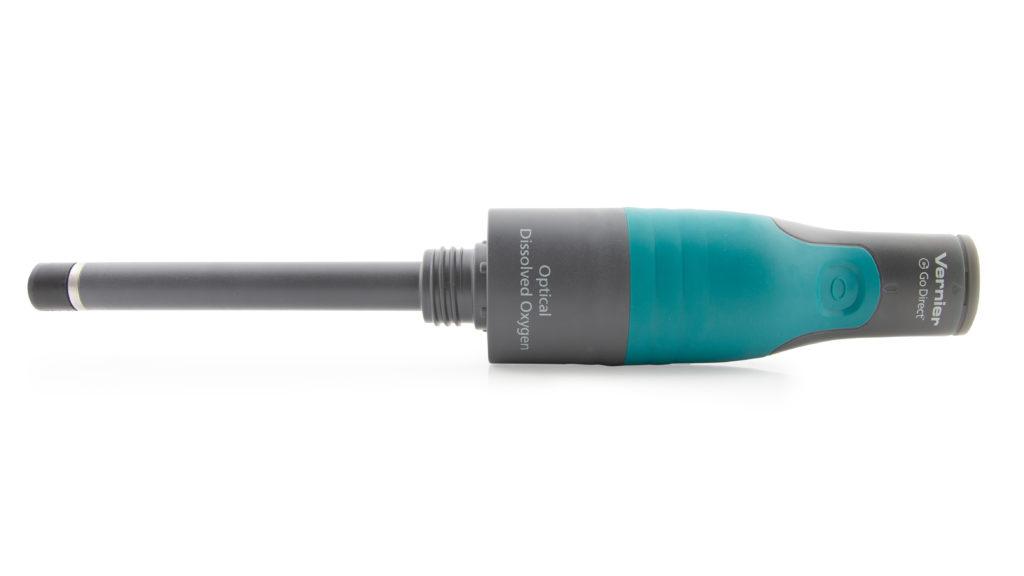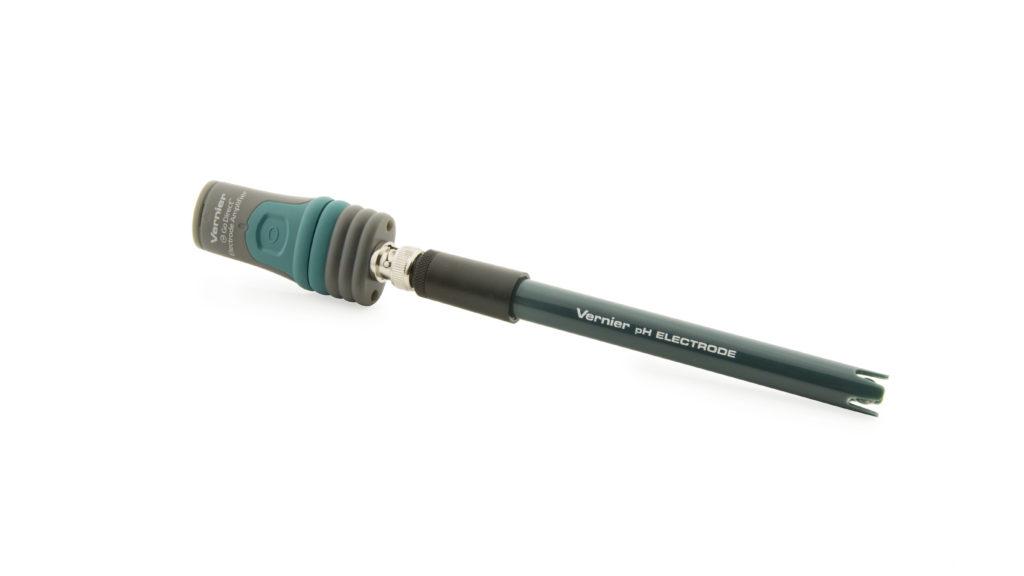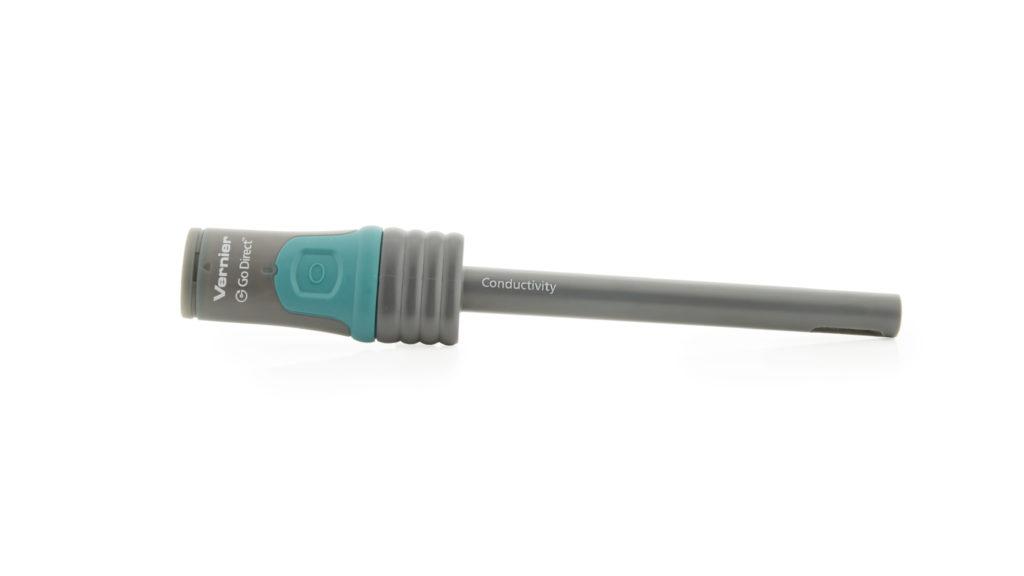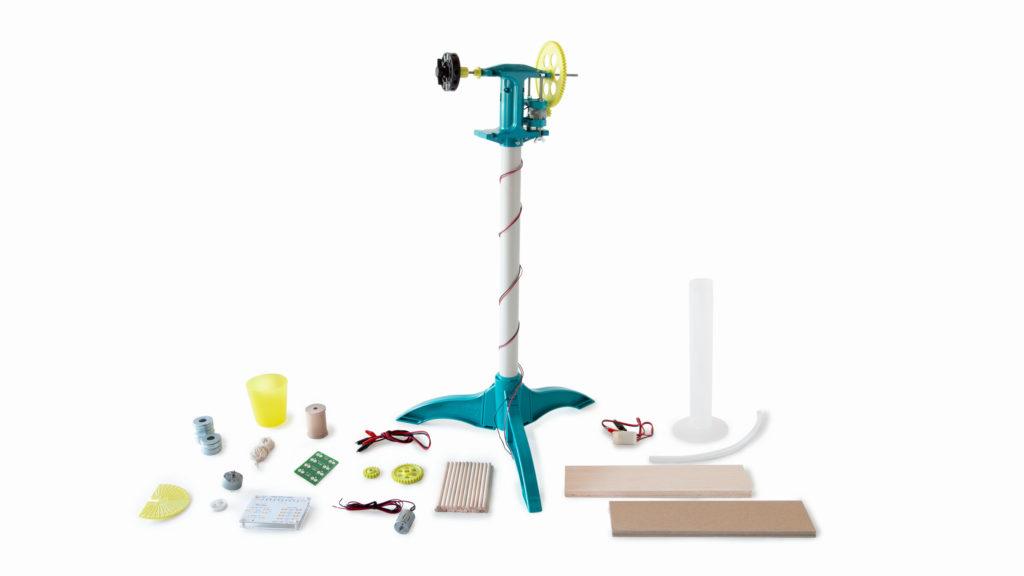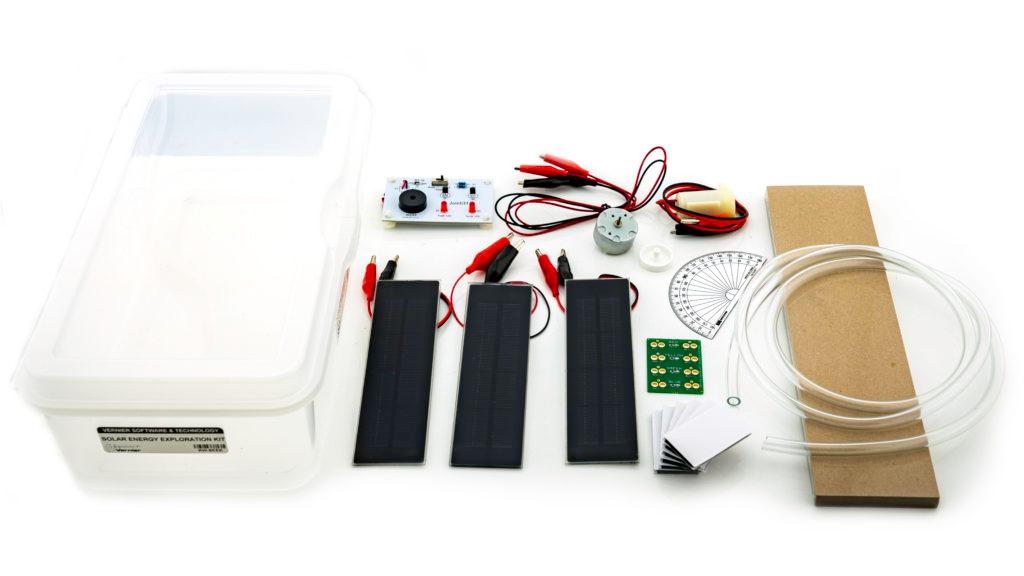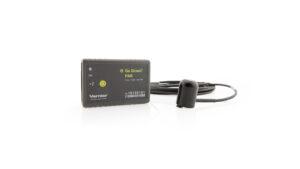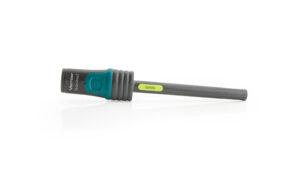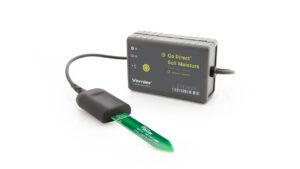Empower Students to Explore, Understand, and Sustain the Natural World
Environmental Science
Foster student engagement with the environment by using Vernier technology to investigate aquatic ecosystems, pollution, climate change, energy resources, and more.
Ready to get started with Go Direct?
Learn how to easily integrate Go Direct sensors into your classroom or lab.
Water Quality
Whether studying a local stream or their classroom aquarium, students can use the data they collect with Vernier technology to track patterns, make predictions, and suggest changes to improve an aquatic ecosystem’s overall health.
Renewable Energy
Using Vernier technology, students can explore factors that affect wind and solar energy production and apply engineering principles to improve energy output and efficiency in wind turbines, solar panels, and more.
New Products for Environmental Science
Software for Environmental Science
Collect, Graph, and Analyze Data in Real Time
Help students form critical connections between abstract scientific ideas and the real world. With the Vernier Graphical Analysis® app, students can visualize and interact with experiment data collected via nearly any Vernier sensor.
KidWind Challenges
Challenge students to construct wind and solar devices and to compete with peers in a supportive environment. KidWind sponsors challenges nationwide and online.
A portion of all sales of KidWind products supports the KidWind Challenges
held throughout the United States.

Environmental Science Product Categories
Environmental Science Resources
We are scientists, educators, and your team.
As you implement data-collection technology into your teaching, we’re here to support you! Looking to learn more about our products or have questions about ordering? Reach out to our team at enviro@vernier.com.
Are you a district or school administrator?
If you are considering an adoption or seeking training options, we are here to support you every step of the way. Contact our solutions team at k12outreach@vernier.com.


